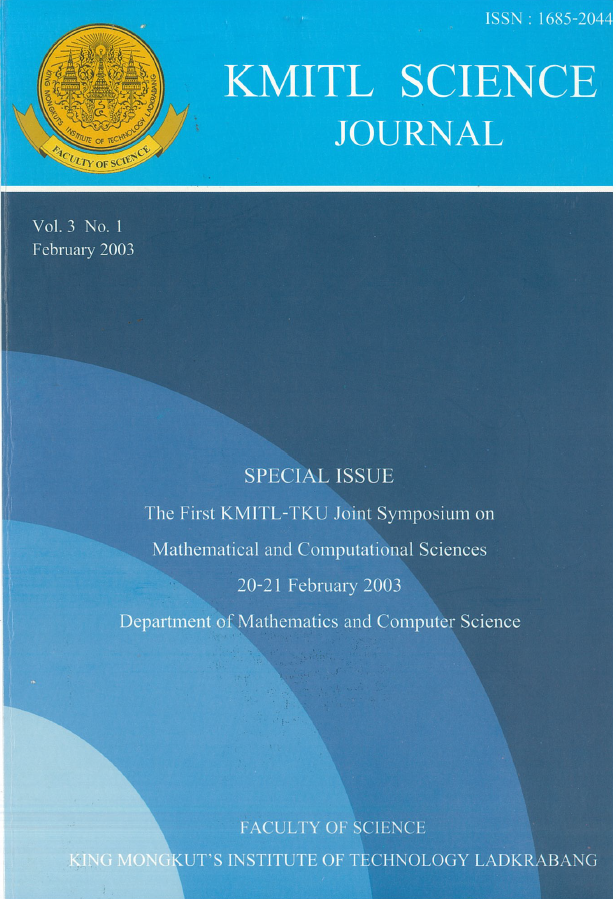Group Sequential Design for Reducing Average Sample Number
Main Article Content
Abstract
The study is to propose a group sequential design which reduces the average sample number in the repeated group significance tests to compare the efficacy between two treatments. As the impractical problems of clinical trials, we often need a large number of sample size when the difference between two population means is small. Thus it is necessary to devise the group sequential design for reducing the average sample number from an ethical point of view. We construct the group sequential design which has the inner boundaries intending to accept the null hypothesis at an early stage. We compare our group sequential design with the usual group sequential design in terms of the average sample number in the simulations.
Keywords: -
E-mail: cast@kmitl.ac.th
Article Details
Copyright Transfer Statement
The copyright of this article is transferred to Current Applied Science and Technology journal with effect if and when the article is accepted for publication. The copyright transfer covers the exclusive right to reproduce and distribute the article, including reprints, translations, photographic reproductions, electronic form (offline, online) or any other reproductions of similar nature.
The author warrants that this contribution is original and that he/she has full power to make this grant. The author signs for and accepts responsibility for releasing this material on behalf of any and all co-authors.
Here is the link for download: Copyright transfer form.pdf
References
[2] DeMets, D.L. and Ware, J.H. (1980) Group Sequential Methods for Clinical Trials with a One-sided Hypothesis, Biometrika 67, 3, 651-660.
[3] Fleming, T.R., Harrington, D.P. and O’Brien, P.C. (1984) Designs for Group and F Tests, Biometrika, 78, 1, 133-141.
[4] Lan, K.K.G. and DeMets, D.L. (1983). Discrete Sequential Boundaries for Clinical Trials, Biometrika 70, 659-663.
[5] O’Brien, P.C. and Fleming, T.R. (1979). A Multiple Testing Procedure for Clinical Trials, Biometrics 35, 549-556.
[6] Pocock, S.J. (1977). Group Sequential Methods in the Design and Analysis of Clinical Trials, Biometrika 64, 191-199.
[7] Whitehead, J. (1983). The Design and Analysis of Sequential Clinical Trials, Chichester, Ellis Horwood.


